Signed and dated upper left, signed, dated and titled on the reverse
with frame: cm. 55.5 x 75.5 x 5.5
An artist with very precocious talent, he set up his first exhibition in Rouen at just nine years old. In 1929 he entered the School of Fine Arts in Rouen, then in 1937, that of Paris. In 1939, he won the Grand Prix de Rome with La Pace and, from 1945, he exhibited at the Salon d'Automne and at the Tuileries. In 1947, he participated in the collective exhibition entitled “Quelle artistes d'avant-garde” at the Galerie de Berri and in 1948 he received the Editions du Chêne Prize for Young Painting, Galerie Drouant-David. The first personal exhibition in Paris took place at the Galerie Billiet-Caputo, then in 1952 and 1954 he exhibited at the Galerie de France. There he meets Pignon, Gischia, Prassinos, Music, Estève, Zao-Wou-ki.
During the war, he devoted himself to the study of contemporary painting and after the war, he experimented with the fresco technique; he creates large-scale works, without giving up pursuing an intimate form of painting. He also devotes himself to book illustration.
From 1950 to 1951, he directed an art school in Dallas, Texas, but then returned to France called upon to restore the Musée du Havre, of which he became curator. Thus began his career as a museographer, which ended in 1966 when he collaborated in the creation and conservation of the National Galleries of the Grand Palais in Paris.
From 1949 to 1962, he exhibited at the Salon de Mai. From 1949, figurative painting began to move away from reality and this evolution was perfectly reflected in the canvases that he sent to the Salon de Mai. The first in fact reflect his classical training and his perfect knowledge of the ancients, then from 1955 the study of light on forms directs him towards abstraction. In 1955 he presented one hundred and fifty abstract works on the theme of automobiles at the Musée des Arts Décoratifs in Paris and in 1959 one hundred and thirty-six paintings on the theme of “Strength and rhythm of Industry”. At the same time, he devoted himself to major decorative works in Le Havre, between 1958 and 1965.
In 1960, he was invited to the Venice Biennale and in 1969, the Galerie de France in Paris devoted a major retrospective to him.
Museums:
Besançon
Le Havre
Rouen
Bibliography:
L. Harambourg, L’Ecole de Paris, 1945-1965, Neuchâtel, Ides & Calendes, 1993.
The painting is in good condition.
For further information do not hesitate to contact us.









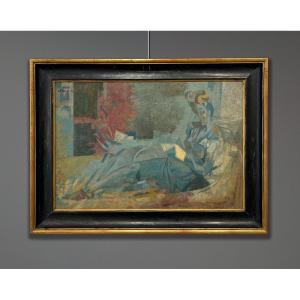







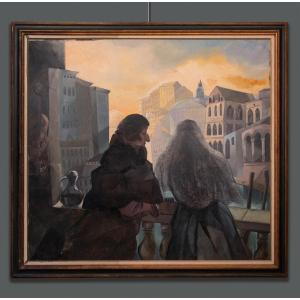




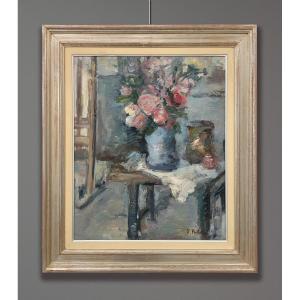

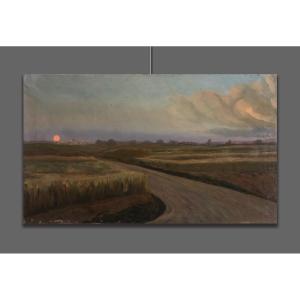




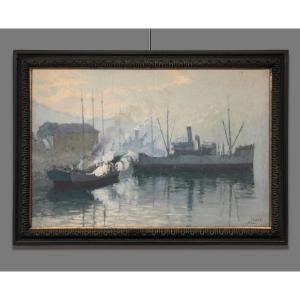

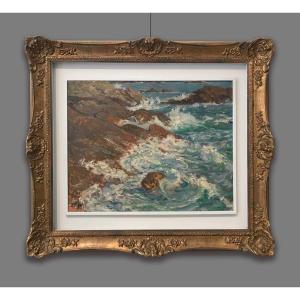

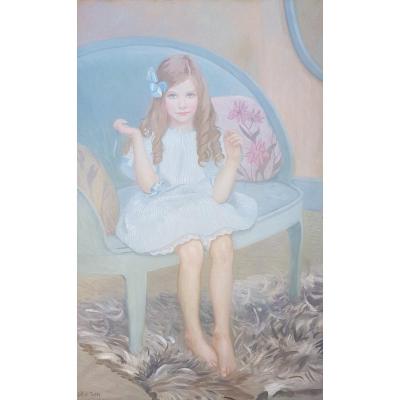

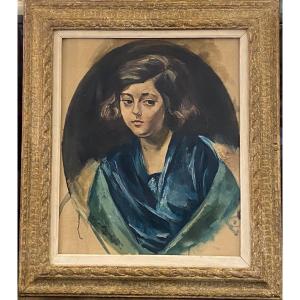




 Le Magazine de PROANTIC
Le Magazine de PROANTIC TRÉSORS Magazine
TRÉSORS Magazine Rivista Artiquariato
Rivista Artiquariato